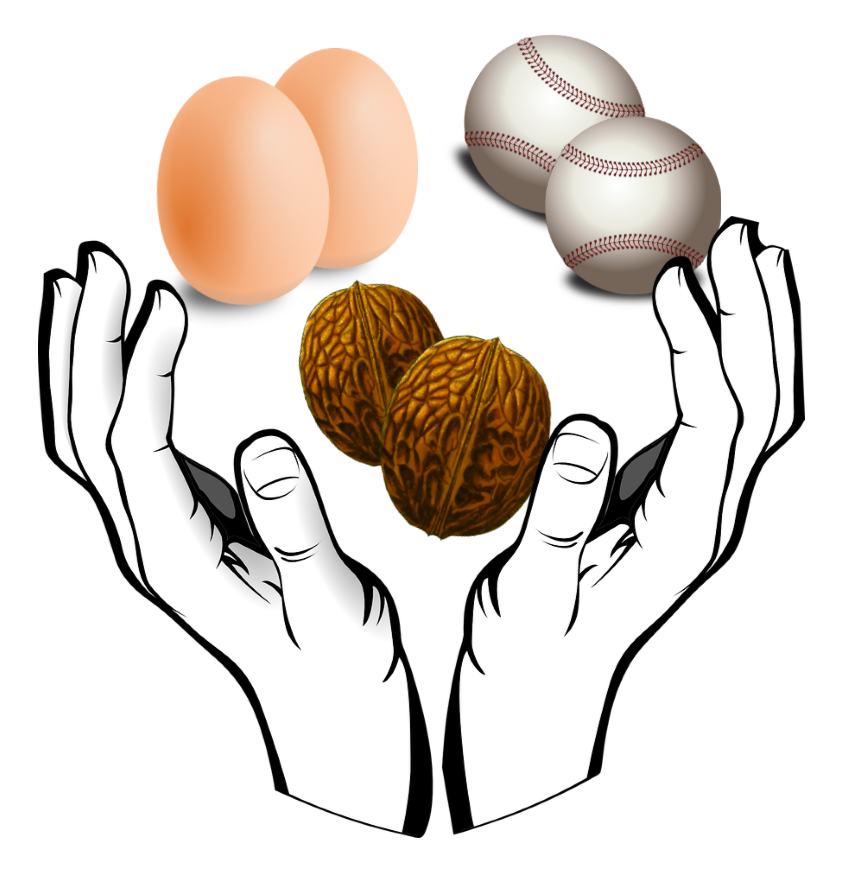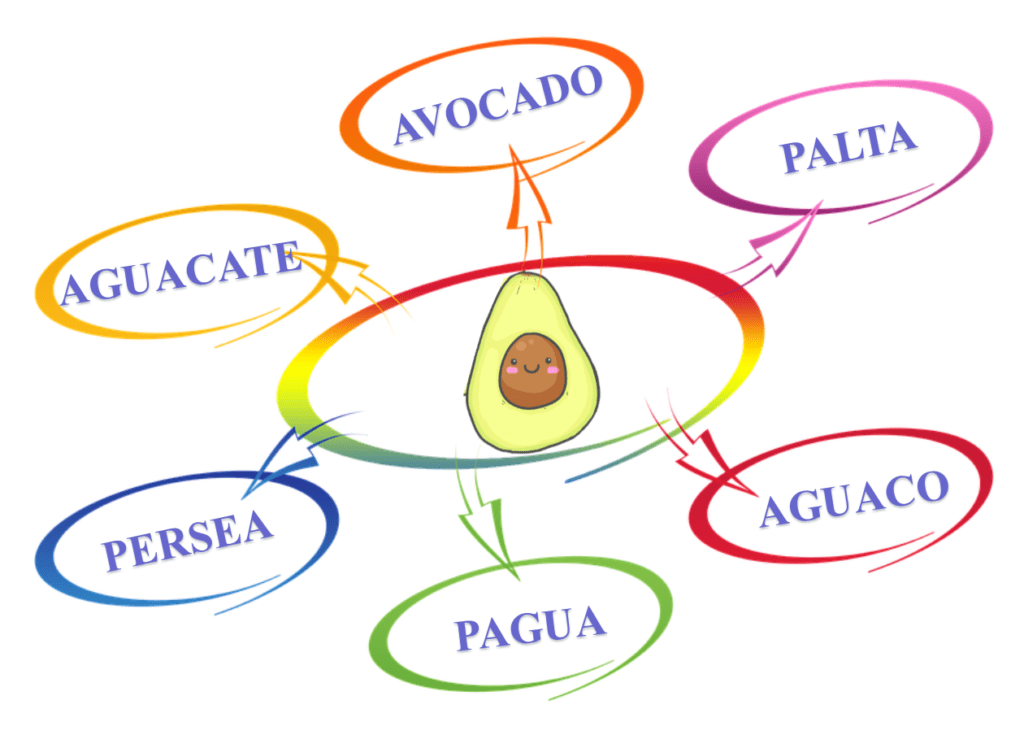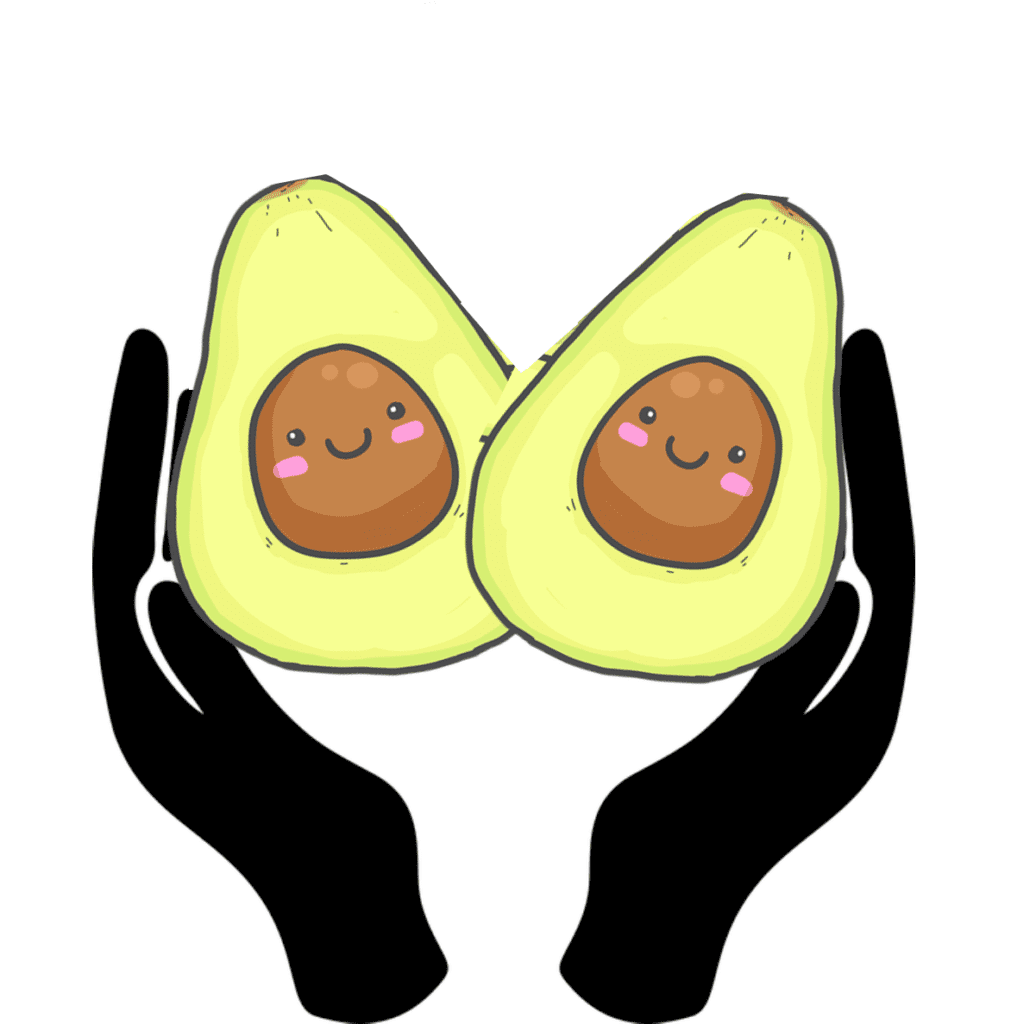 Imagen this:
Imagen this:
Think of an avocado in your hands—no two avocados, upright in one palm.
Give it a second and imagine this: Two healthy, fully grown, ripe avocados are resting in your slightly curved hand. Now give it a little squeeze. Use your fingers and thumb to feel the texture.
What Comes to Mind?
Your last health physical maybe (if your male), the brief but awkward touch by a trusted (or not-so trusted) physician?
Dinner perhaps, the last time you made tasty guacamole for yourself or family.
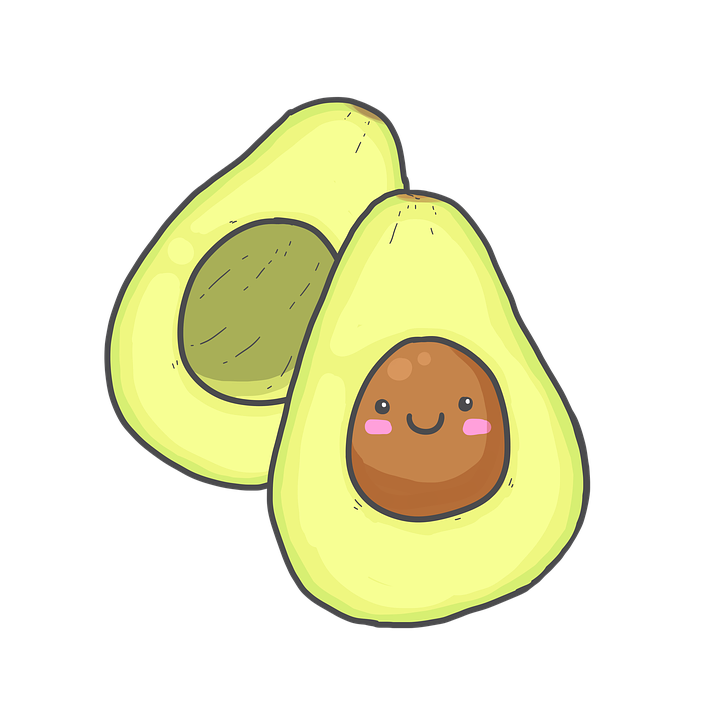 Or maybe you get an urge, perhaps an inner longing that if all these people in the supermarket around you with their screaming kids and sad faces were to disappear, and you were allowed to have a little mono y mono time with those avocados, you could enter heaven right then and there.
Or maybe you get an urge, perhaps an inner longing that if all these people in the supermarket around you with their screaming kids and sad faces were to disappear, and you were allowed to have a little mono y mono time with those avocados, you could enter heaven right then and there.
Is that too far?
The Origin of the Avocado
Now that we’ve enjoyed fantasy time, I think it’s time to come clean. That beloved fruit that initially came from Central America and Mexico, discovered by the indigenous Nahua people once called “āhuacatl”…actually meant “testicles” in their language.
 Get Serious Will Ya’?
Get Serious Will Ya’?
As your head struggles to come to “grips” with this strange fact, let’s look at this less like 11-year old’s and more like adults.
Think of avocados another way: Balls, nuts, beanbags, family jewels, gonads, cajones, clappers, huevos, testes, junk, and jingle bells.
That should be enough to get your mind out of the gutter.
Why Tell Us Why!
Now you are aware that the Nahua people had some fun and let themselves enjoy Earth’s gifts while also poking fun at their male genitalia-like discovery.
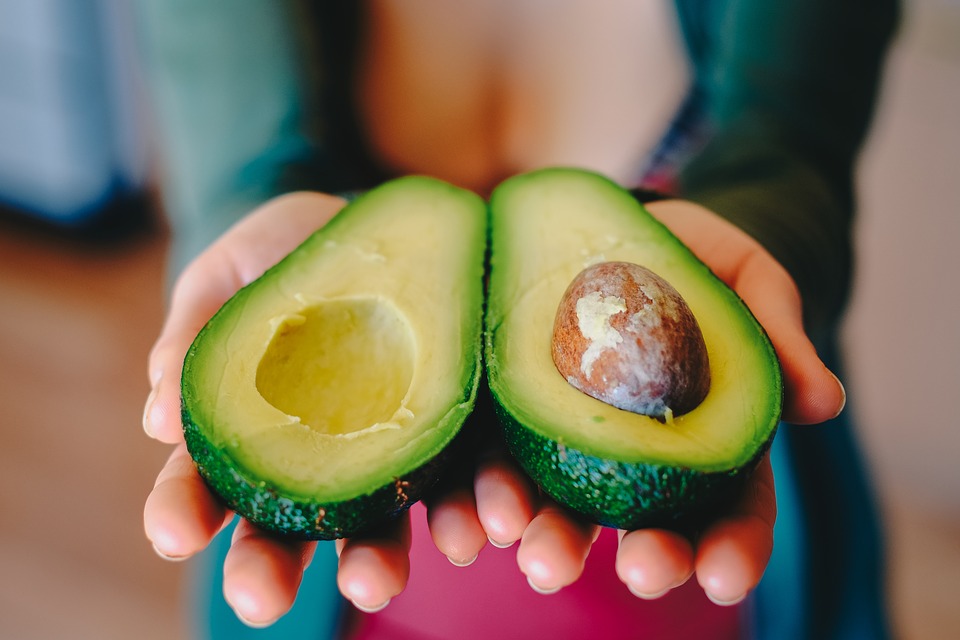 Scholars believe that the name was chosen due to the suggestive shape of the avocado, especially when they hang in pairs on the tree. However, it will never be known as to why, but at this point, we can only assume.
Scholars believe that the name was chosen due to the suggestive shape of the avocado, especially when they hang in pairs on the tree. However, it will never be known as to why, but at this point, we can only assume.
Sadly, after the Spanish conquistadors blew through, they went ahead and changed the name, thus earning the title of party-pooper’s, to “Aguacate,” which is still in use today.
However, in America, folks had trouble pronouncing the word, and aguacate’s were a tough sell. Unfortunately for them, they did not have the Spanish language learning services of Kasa De Franko or the best Spanish teacher in the Bay Area, Franko, to help them. So, the word was eventually changed to avocado, which is what everyone knows and loves in the U.S., but the dirty-fun-minded meaning has gone out the door.
Go ahead, have yourself a tissue and a cry, I’ll wait.
 The lesson of the Story
The lesson of the Story
Languages change over time as the needs of its speakers change. As new products, experiences, and technologies come, new words are required to refer to them efficiently and clearly. Thankfully, nuts are still nuts.
While the Nahua people collectively referred to their avocados as testicles, the modern adaptation has restored some civility to the ordeal, making it less human-anatomical and more about nutsacks—I mean not-nutsacks: This is the evolution of our many worldly languages.
Call to Action
If you enjoyed this brief tale, be sure to check out our many more funny and informative blog posts here.
At KDF you can learn about many interesting cultural tales while learning the Spanish language. There are more reasons to learn Spanish now than ever, and with Kasa De Franko Spanish School both online and in-person, you can discover a beautiful, living language that connects you to a world waiting to be seen.

